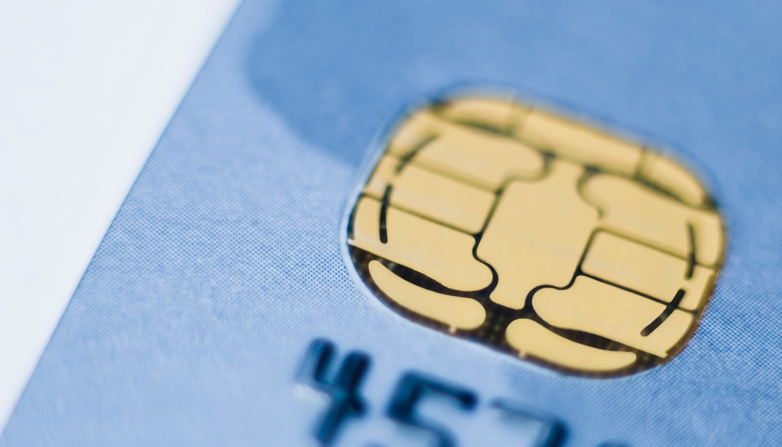Banking, finance, and taxes
The Bullish and Bearish Case for Visa in 2015
Published:
Last Updated:
The bull market has been running for nearly six years now. In 2014, the Dow Jones Industrial Average posted a gain of 7.5% and the S&P 500 Index was up 11.4%. These index performances do not account for individual stock dividends. 24/7 Wall St. has undertaken a bullish and bearish case to evaluate both sides of the coin to see what lies ahead for Visa Inc. (NYSE: V) in 2015. Visa closed out 2014 up 18.6%, including its dividend adjustments, to $262.20.
The stock had a 2014 trading range of $194.84 to $269.32, and the current consensus analyst price target of $271.47 would imply an upside of 3.5% for 2015 compared to the year-end share price. Then there is the dividend yield of 0.7% to consider as well.
Visa had a market cap of $165 billion at the end of 2014.
The credit card giant is one of the most underfollowed yet one of the most important stocks in the index. Visa makes up about 9.5% of the Dow because it is a price-weighted index, as opposed to a market cap-weighted index, and its price is nearly $100 more than any other Dow stock.
ALSO READ: The Bullish and Bearish Case for Goldman Sachs in 2015
It seems almost impossible to believe this, but Visa’s weighting in the Dow is now worth more to the index weighting than Verizon, Coca-Cola, Intel, AT&T, Pfizer and Cisco Systems combined — all of which add up to only about 8.83% of the current weighting.
Looking at Visa’s price-to-earnings (P/E) ratio for 2015, it comes in just above 25, compared to MasterCard Inc.’s (NYSE: MA), which trades at even more of a premium to the market with a P/E ratio of nearly 28.
Last fall, Apple reached deals with credit card companies like Visa and MasterCard and all the large U.S. banks that would allow consumers to link their credit cards to Apple Pay and use the Apple NFC technology to make payments. The credit card companies still collect their swipe fees and Apple gets a cut. However, if other mobile payment apps that do not charge swipe fees for credit cards become popular, this could prove faulty for credit card companies in the mobile payments war.
Shortly after Apple announced its mobile pay system, Visa announced the launch of its Token Service, which works hand-in-hand with mobile pay while securing sensitive information from would-be hackers.
ALSO READ: The Bullish and Bearish Case for Verizon in 2015
Visa raised its dividend in October by 20% to $0.48 per share, giving it an annual payout of $1.92 per share from the previous level of $1.60. Visa’s current yield under the higher dividend is 0.7%. Following suit, MasterCard increased its dividend in December to $0.64, and as a result its new yield is 0.7%. The verdict may be the same for MasterCard as it was for Visa: despite being such a low yield, this might be as good as it can get for now.
If you’re one of the over 4 Million Americans set to retire this year, you may want to pay attention.
Finding a financial advisor who puts your interest first can be the difference between a rich retirement and barely getting by, and today it’s easier than ever. SmartAsset’s free tool matches you with up to three fiduciary financial advisors that serve your area in minutes. Each advisor has been carefully vetted, and must act in your best interests. Start your search now.
Don’t waste another minute; get started right here and help your retirement dreams become a retirement reality.
Thank you for reading! Have some feedback for us?
Contact the 24/7 Wall St. editorial team.